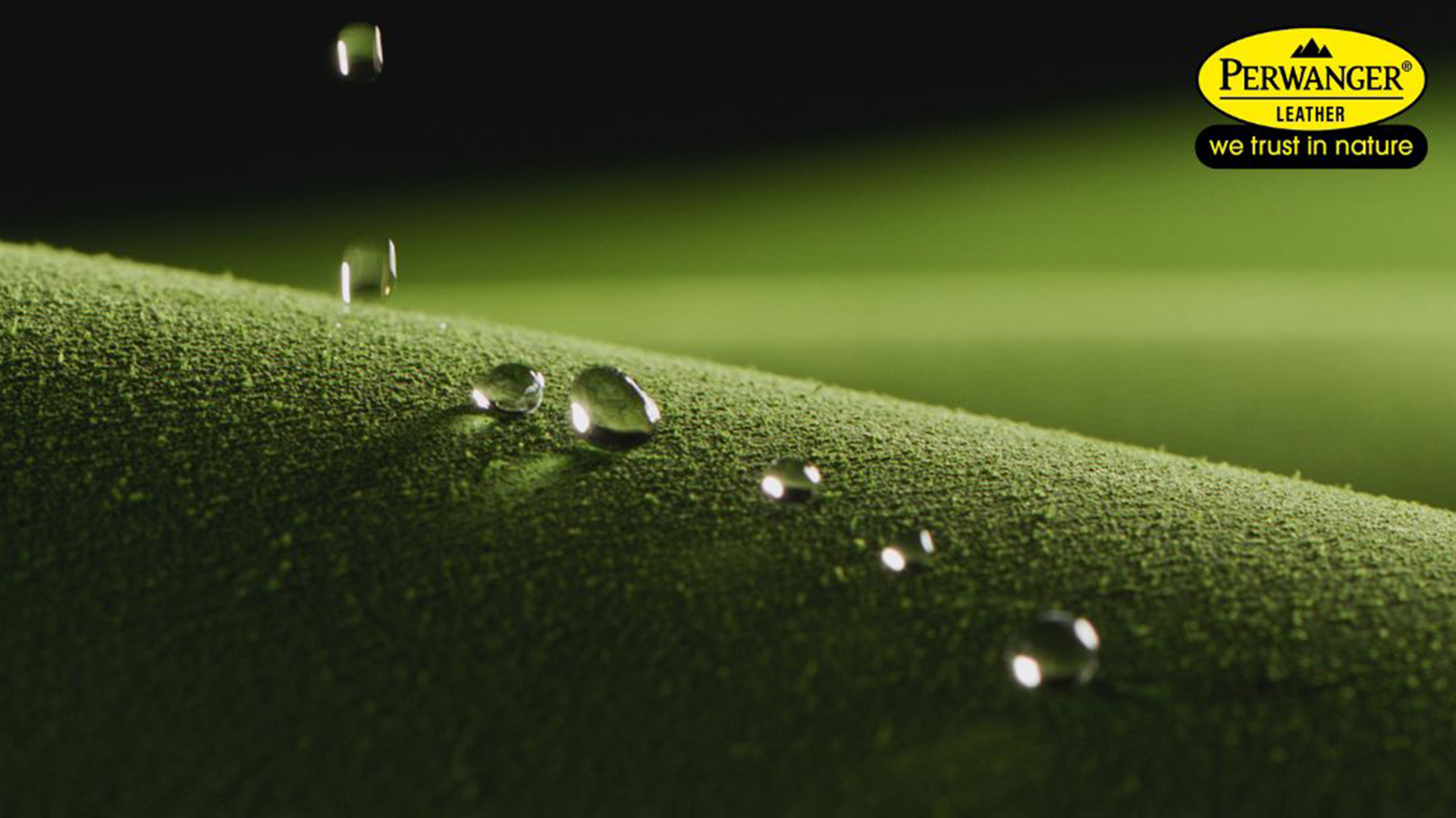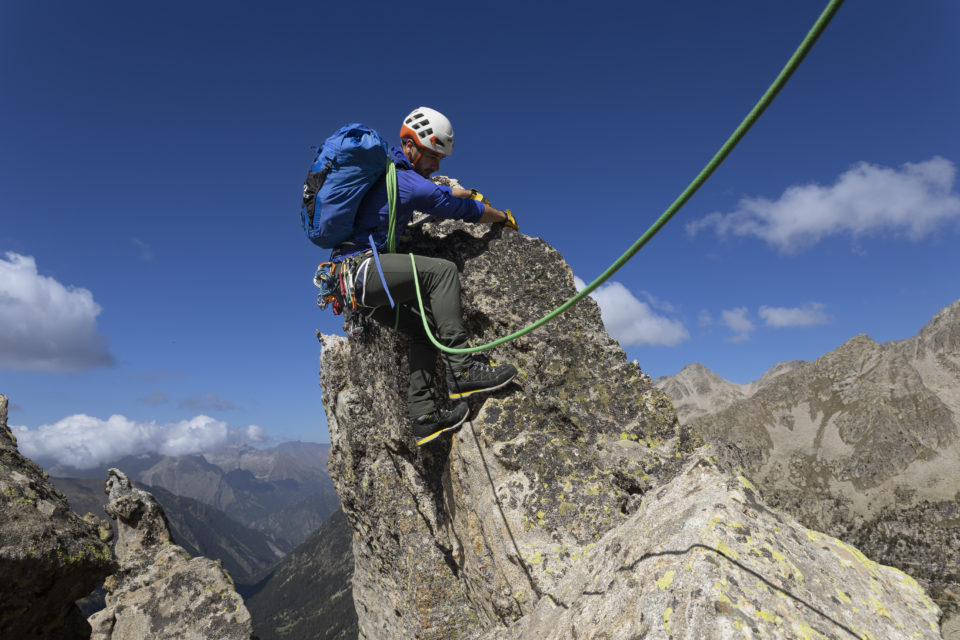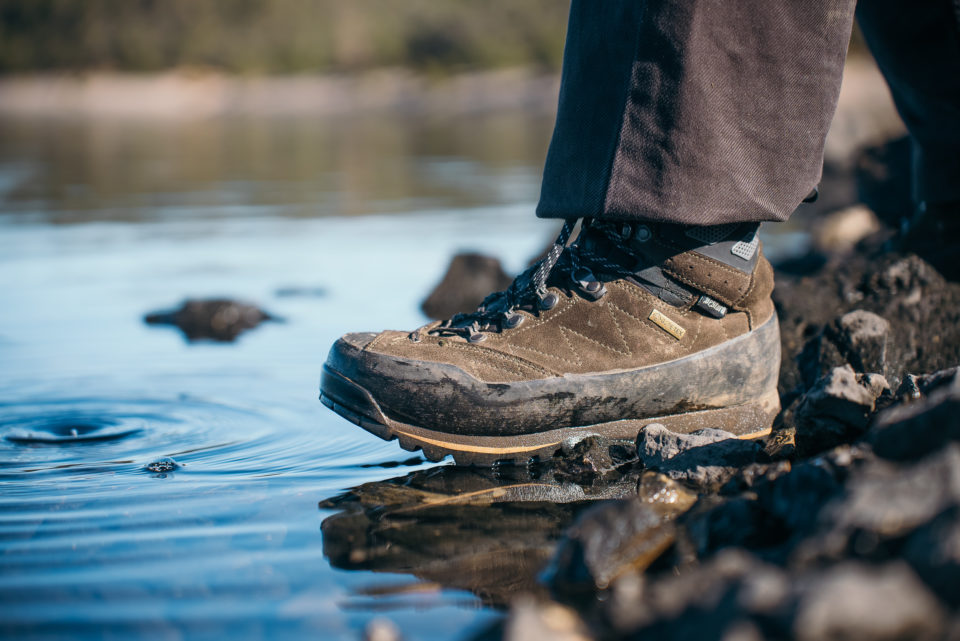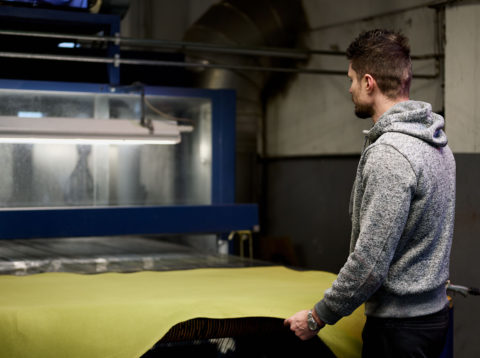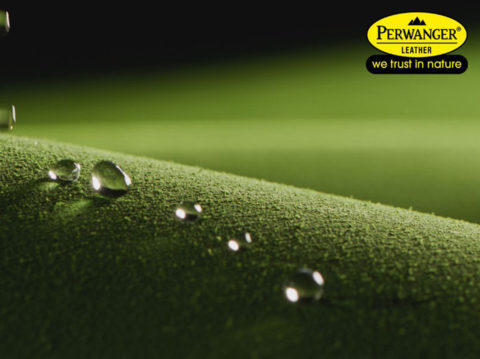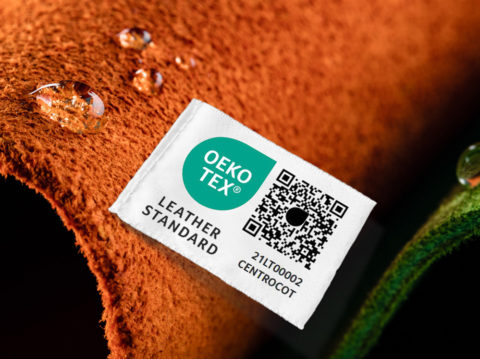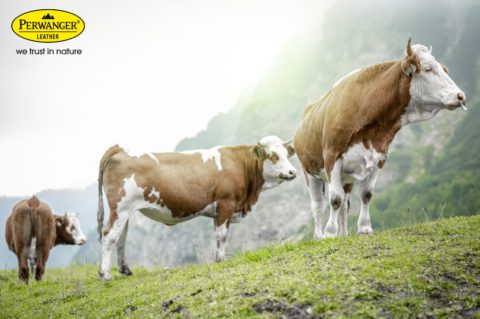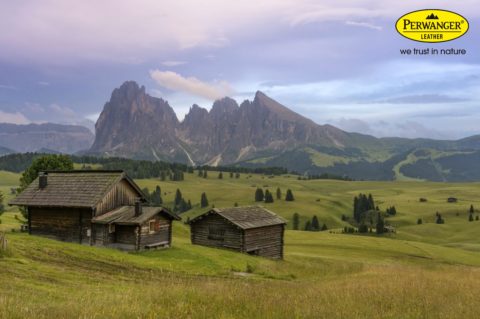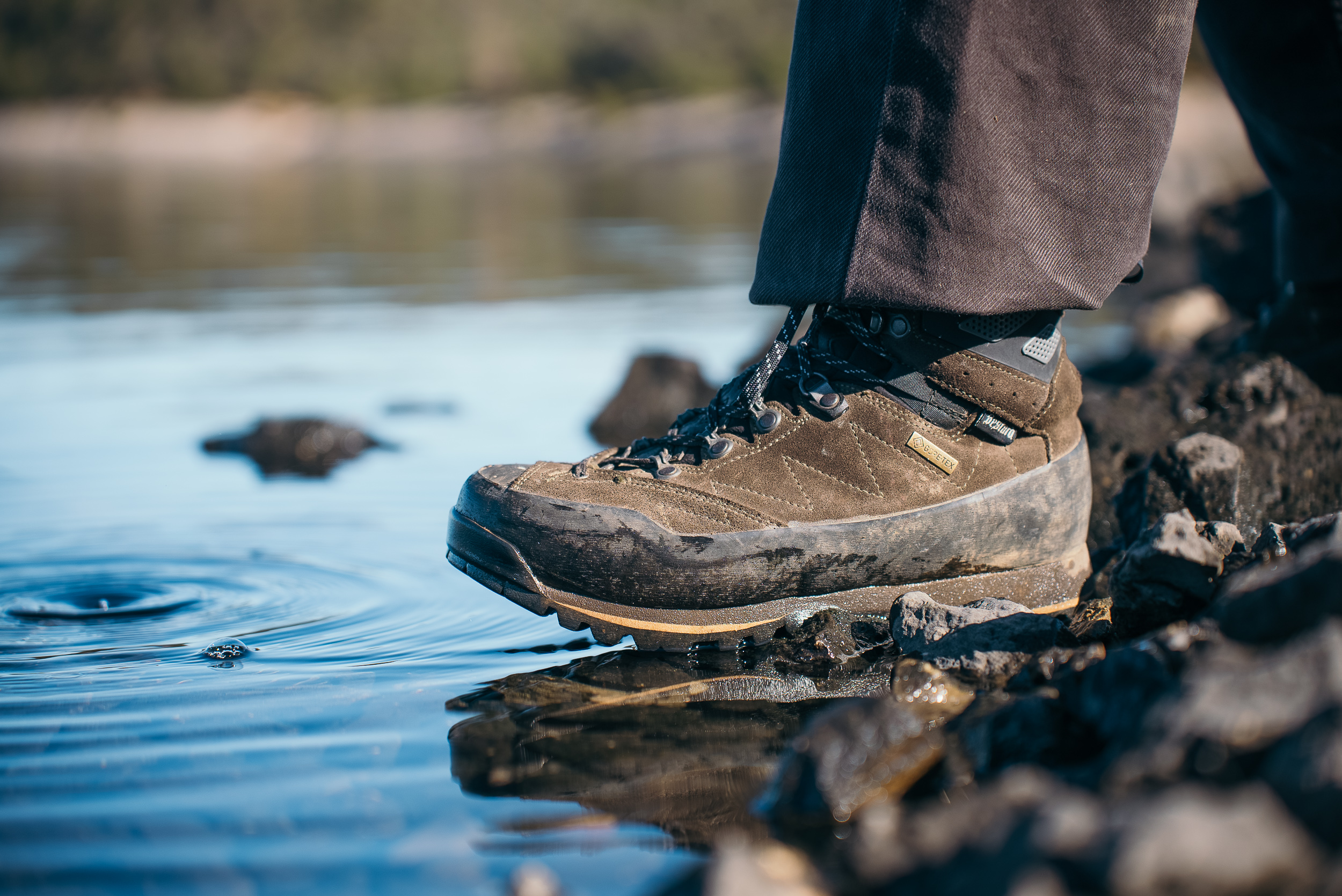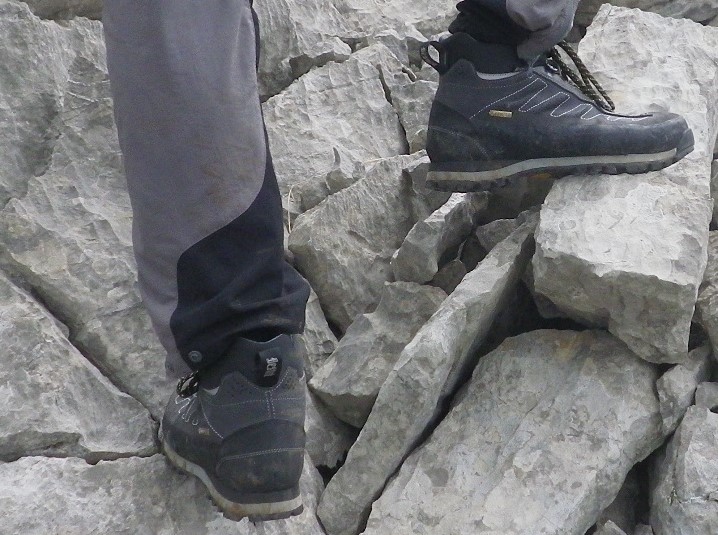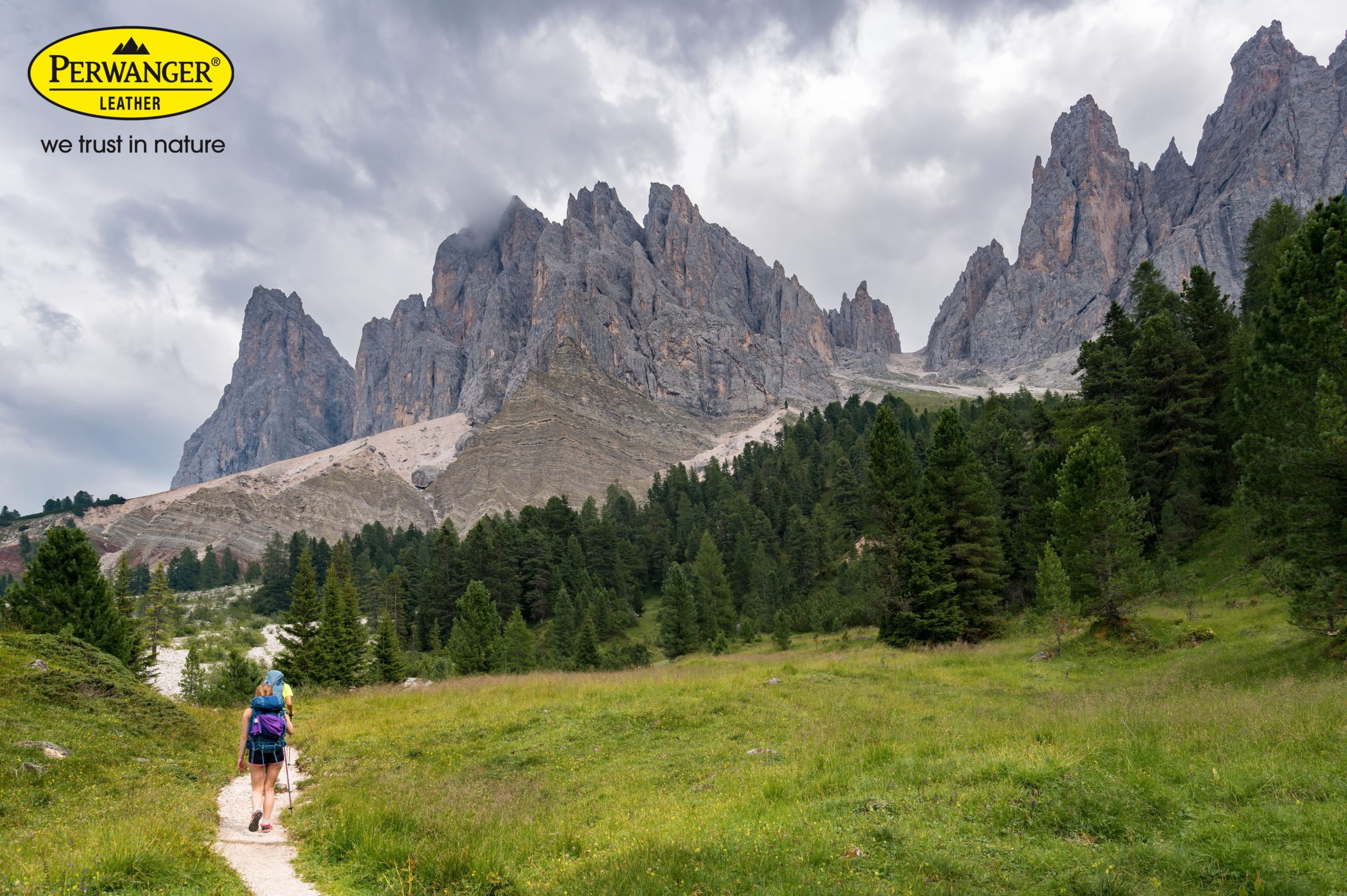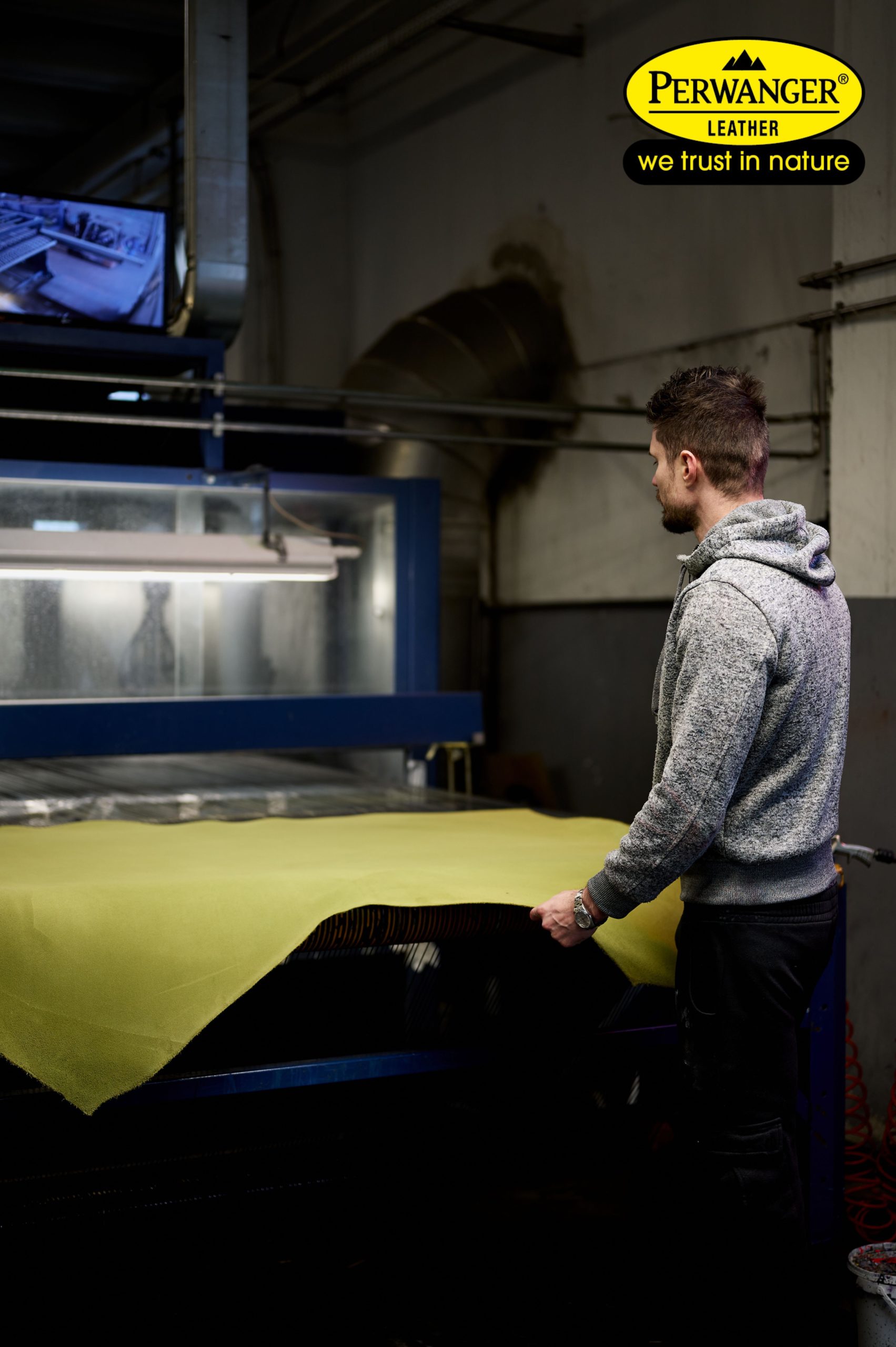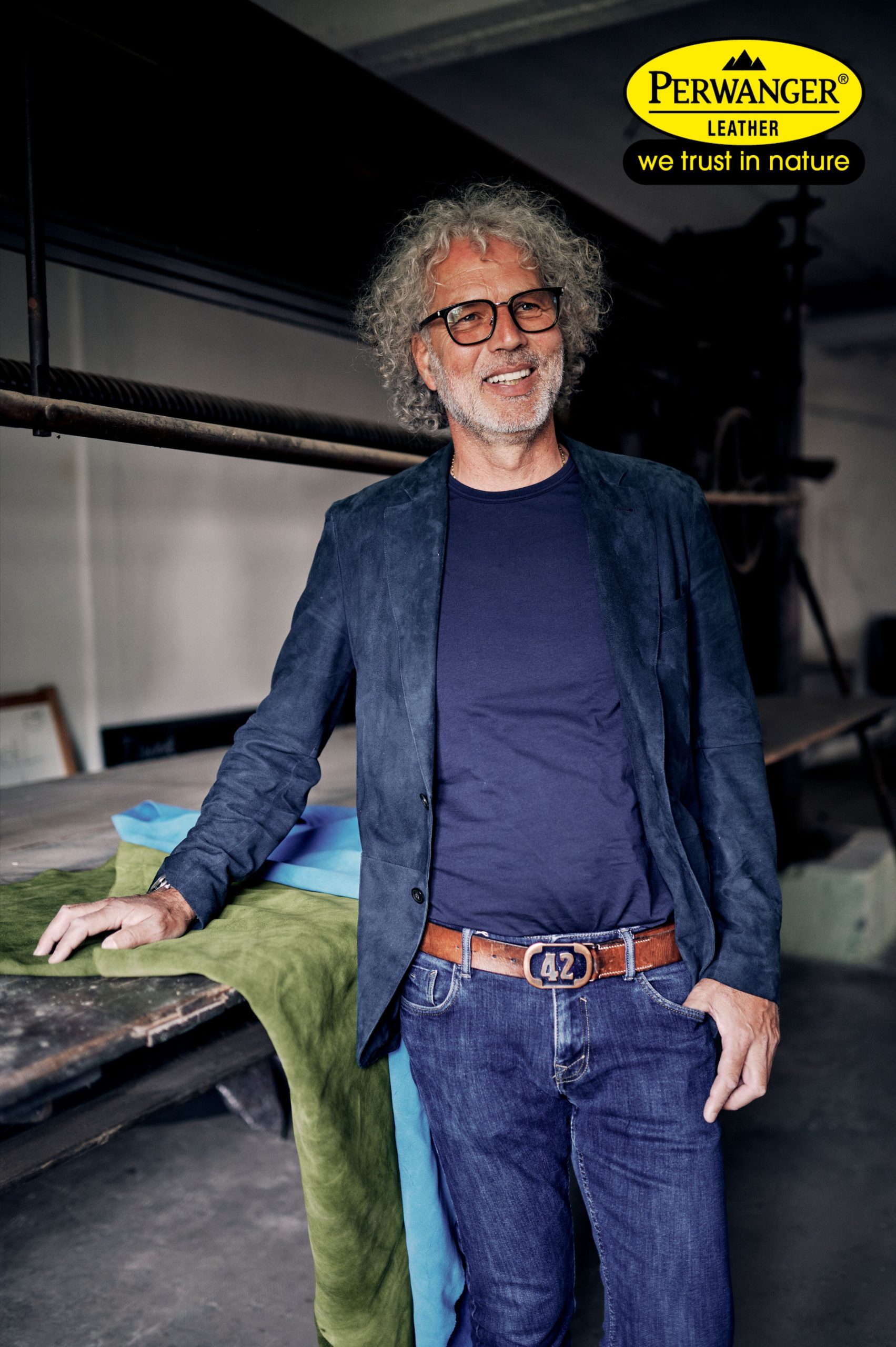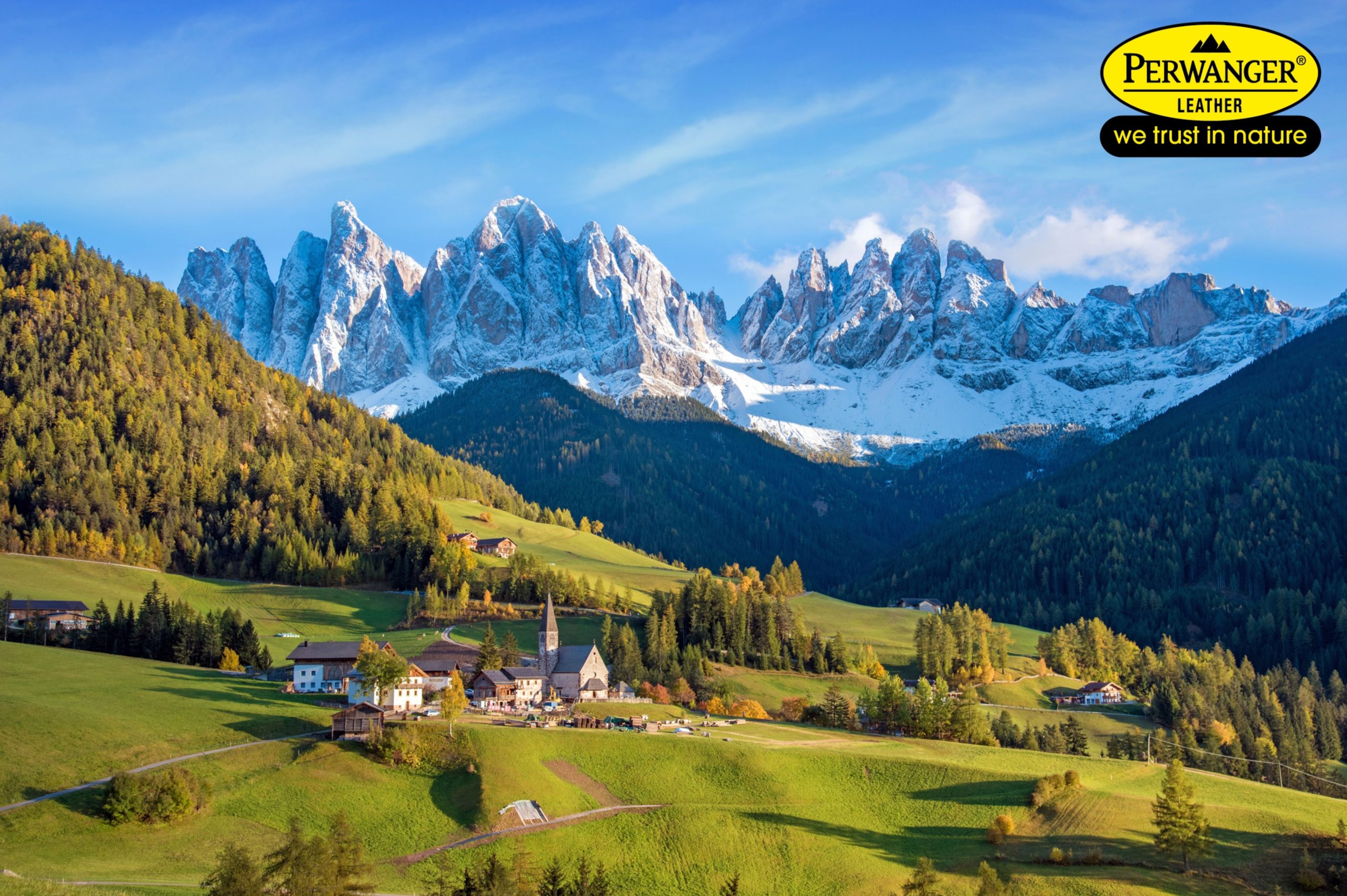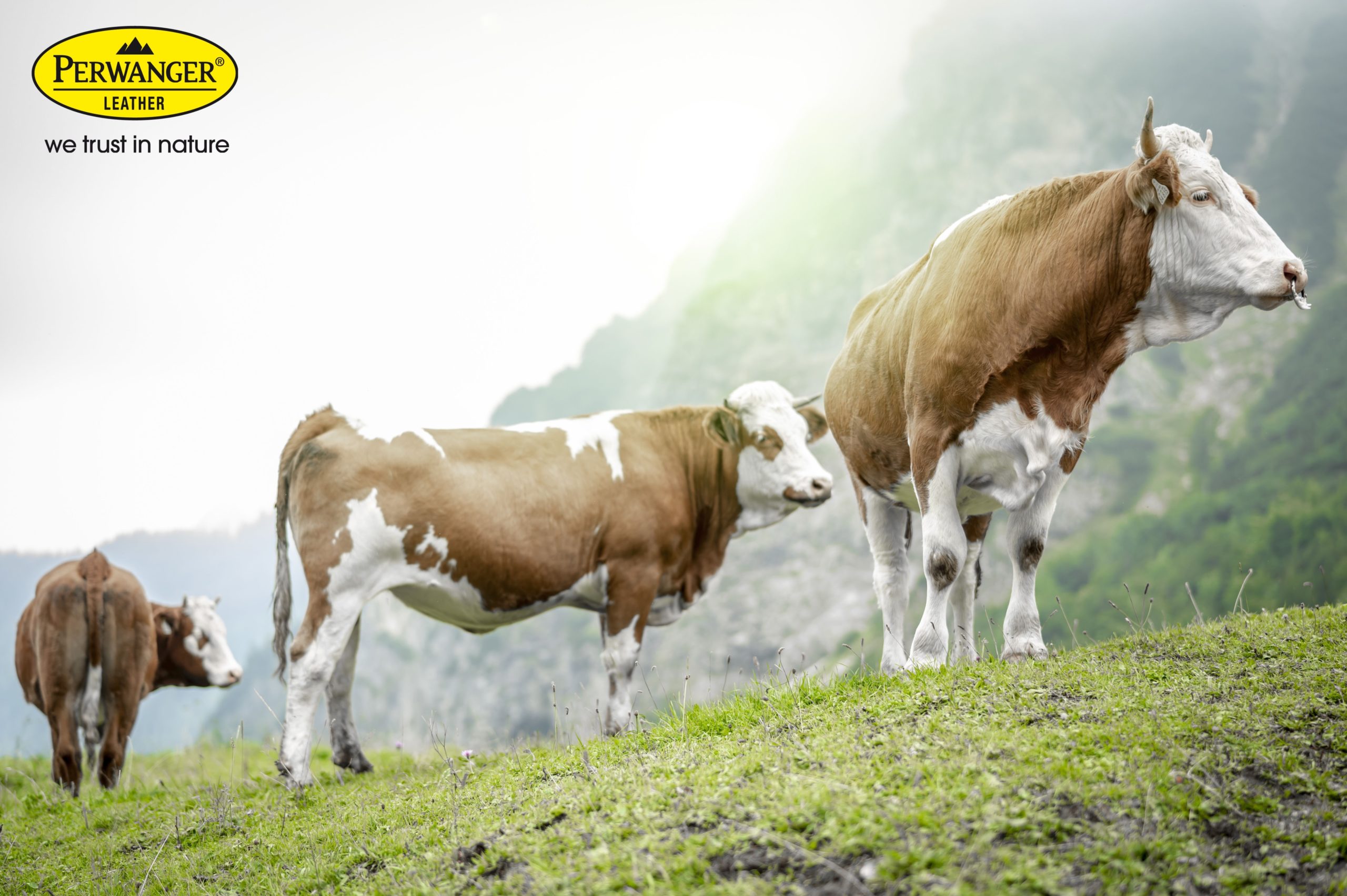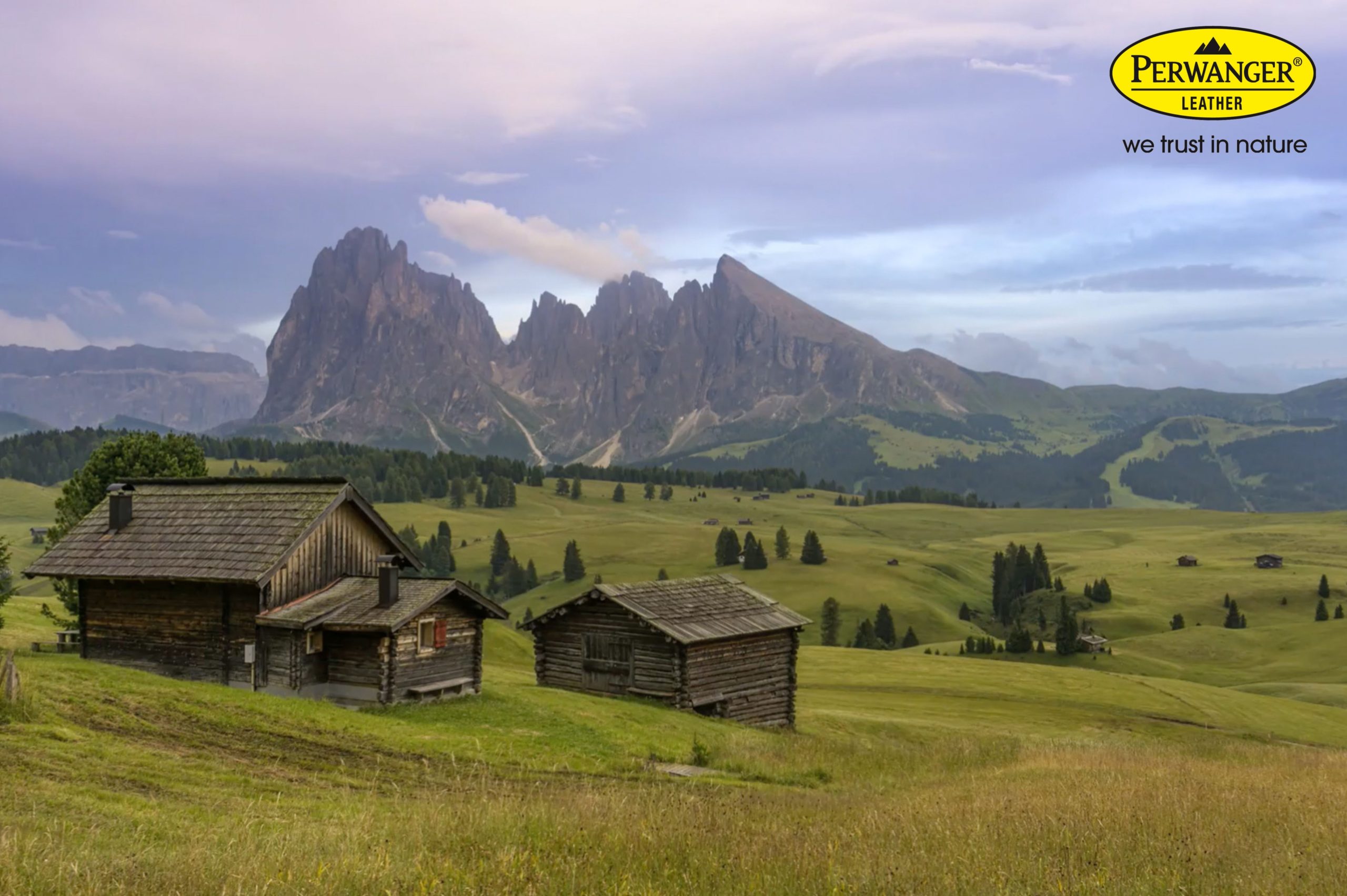Perwanger Leather – We Trust In Nature
Perwanger Leather: The Natural Choice for Mountain Boots
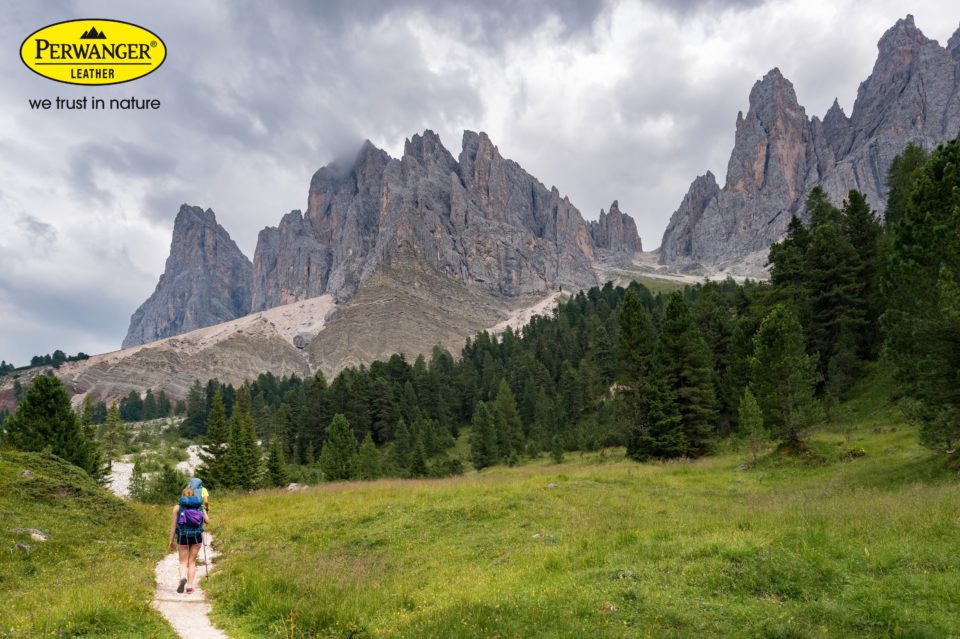
Bovine leather has long been the traditional material for making mountain boots, and for several reasons, it is the preferred choice for a wide range of our boots. Therefore, at Bestard we have always carefully selected the leather we use, working only with the best European tanners.
For years, we have relied exclusively on the prestigious leather of the Perwanger company for our robust suede leather mountain and trekking boots. Founded in 1790 in the heart of the South Tyrolean Alps, Perwanger guarantees exceptional traits of its leather thanks to its selection of the highest quality hides from the Alpine region, as well as its exceptional tanning.
- Bestard Alp FF
- Bestard Crossover AG
- Bestard Wales FF
Perwanger leathers are distinguished by being especially compact, thick and resistant, essential characteristics for making durable and robust boots. Furthermore, thanks to their advanced tanning process, they are highly water resistant and very breathable, which contributes significantly to the comfort and functionality of our boots.
In line with our quality and sustainability policies, Bestard is commited to manufacturing durable and repairable boots, thus avoiding wear and throw away. Using Perwanger leather we not only manage to fulfill this purpose, but we also know that they are natural, biodegradable and sustainably tanned materials.
Perwanger regularly subjects its leather to OEKO-TEX®-testing to ensure sustainable quality with the renowned “Leather Standard” quality seal, ensuring it is free of harmful substances.
In addition, the production itself is certified by ISO 14004, guaranteeing environmentally friendly practices, such as the use of energy from only renewable sources etc..
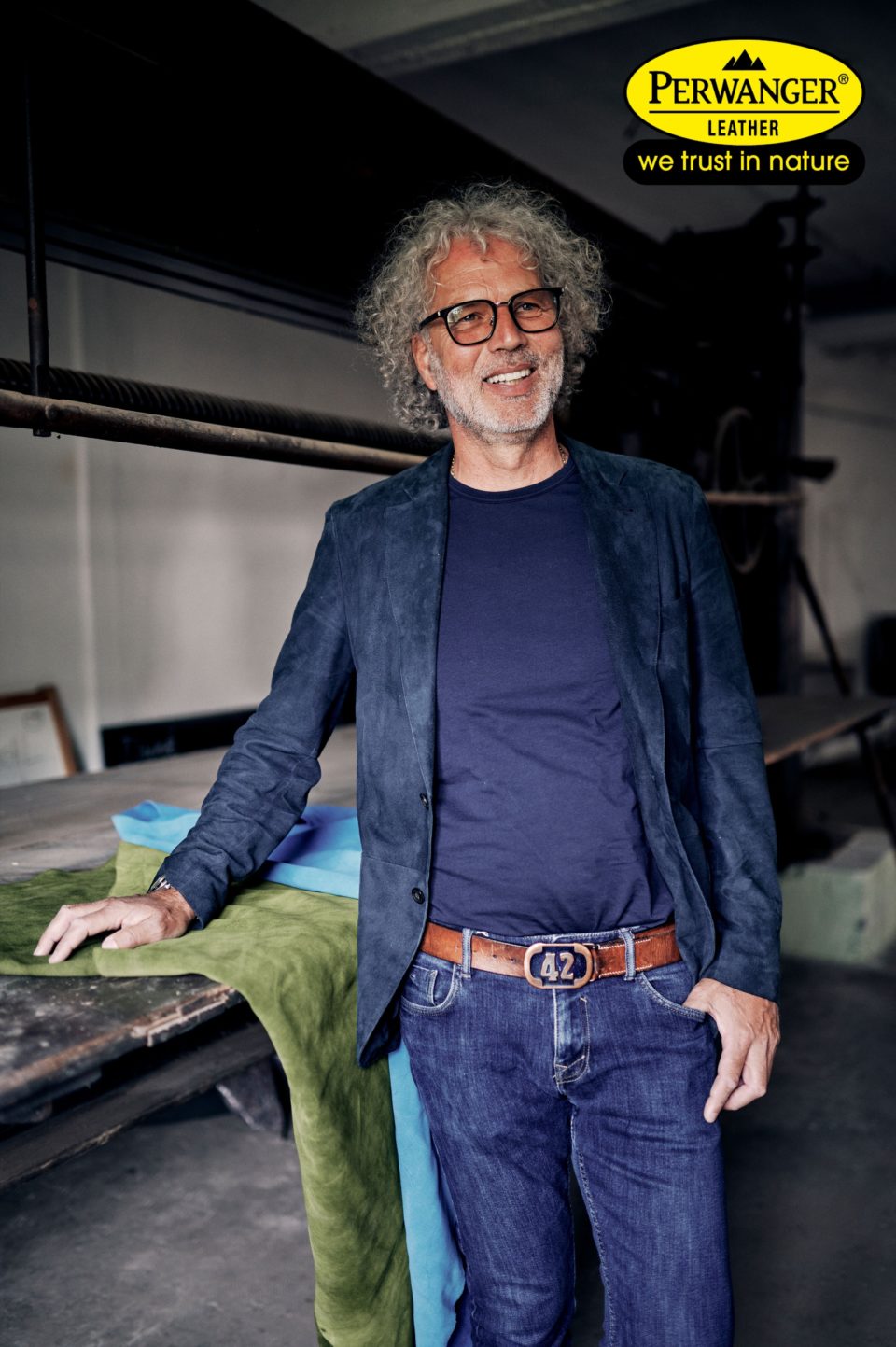
We spoke to Lorenz Perwanger, owner of the Perwanger tannery:
– Leather is a natural product with numerous advantages in terms of comfort, functionality, durability and sustainability. Are there other reasons to choose Perwanger leather for hiking boots?
Yes of course. The use of our leather today should also be understood as helping to maintain the alpine landscape. In the Alps, we can admire a beautiful landscape of alpine meadows, full of fascinating biodiversity that attracts and captivates nature lovers and hikers. It may be surprising to many people, but a few centuries ago, this region was dominated by landscapes of arid screes and dark coniferous forests.
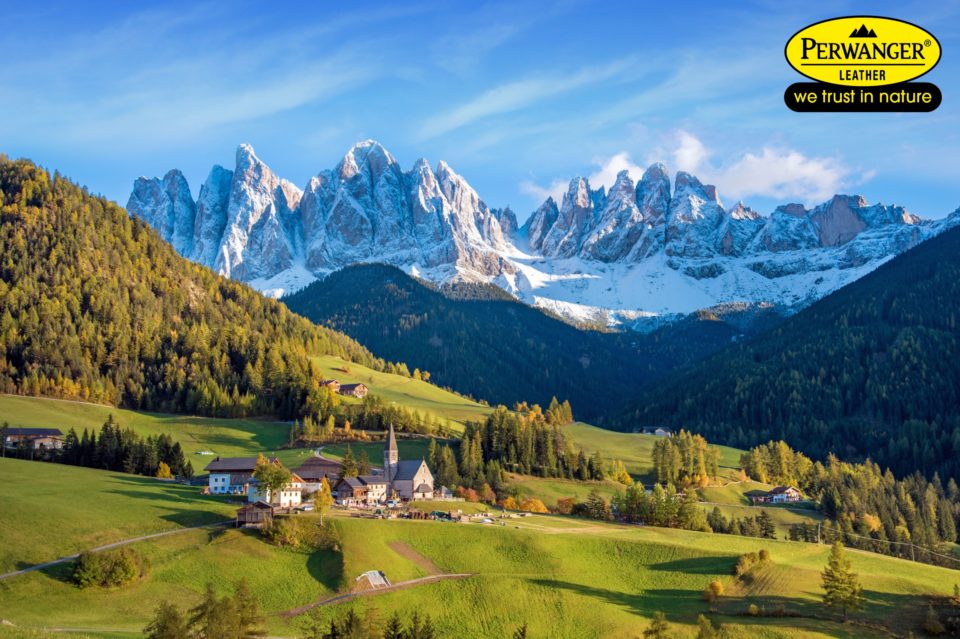
– What caused this change?
The transformation is attributed to the hard work of our mountain farmers. During the summers, when they took their livestock to the high mountain pastures so that they could feed, the biodiversity of the meadows began to develop.
Constant grazing and livestock manure enriched the soil, making it more fertile. This new fertility led to the growth of a wide variety of plants, turning the meadows into the ideal habitat for numerous animals and small insects.
For this work to last, it is of fundamental importance that tanners continue to use the hide from cattle from our Alpine region. Not only because of the exceptional quality of these robust hides, but also because our work contributes significantly to the preservation of the natural mountain environment.
Let us not forget that bovine leather would normally be considered simply a worthless waste, but through our transformation process it becomes a valuable raw material, and at the same time provides an essential income for farmers.
This approach closes the cycle that goes from the conservation of the rich ecosystem of flora and fauna in the mountain landscape through the practice of alpine livestock, to the creation of unique leather for high-quality, comfortable and environmentally friendly mountain boots. In addition, it contributes to tourism playing a crucial role in the sustainable balance and prosperity of the region.
– Thank you, Mr. Perwanger, for sharing your unique insight into leather in the Alpine region and your commitment to sustainability.
Bestard Mountain Boots Team
